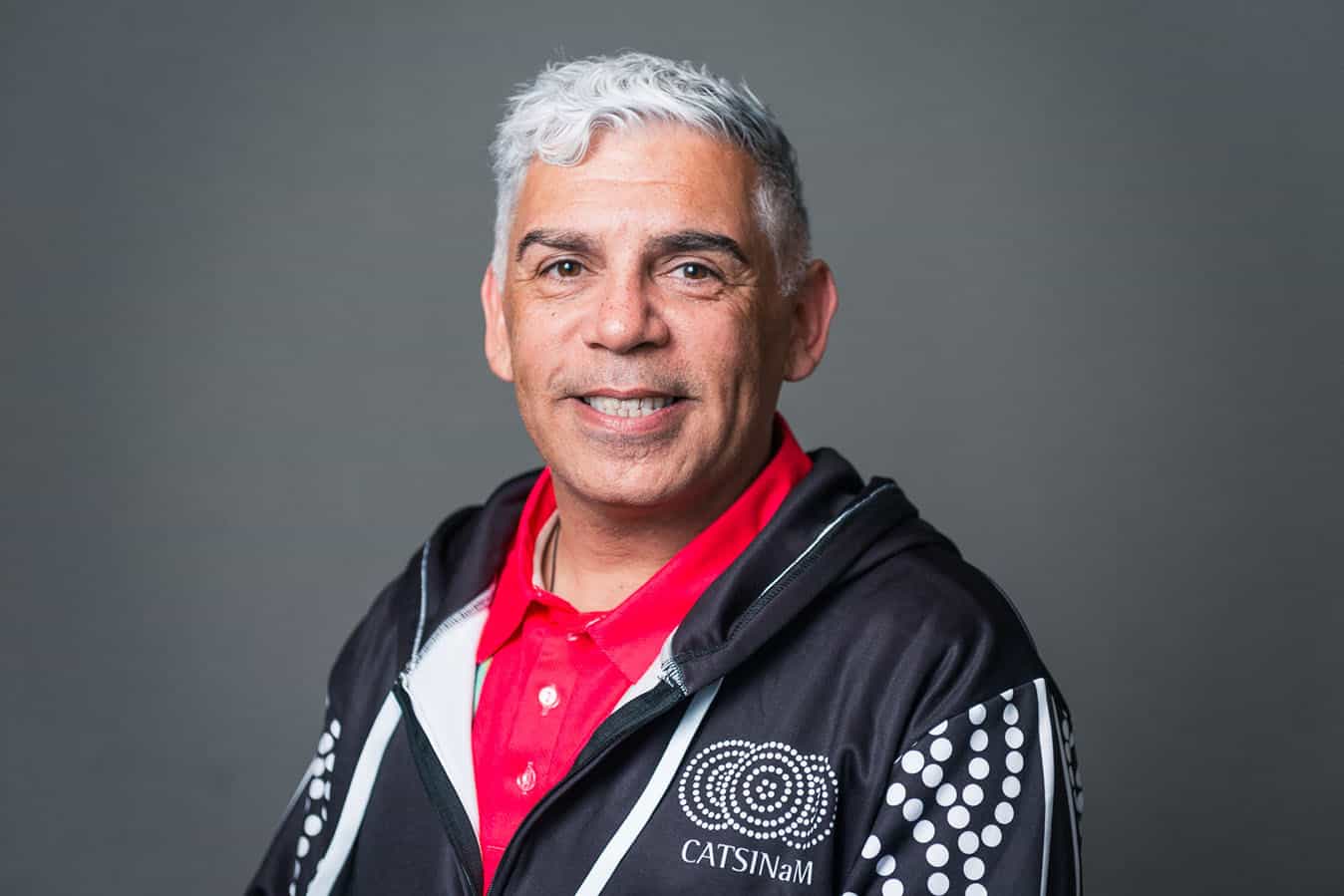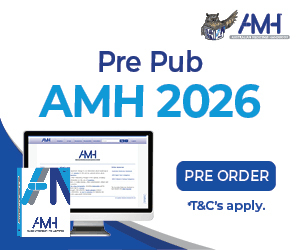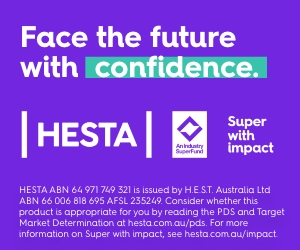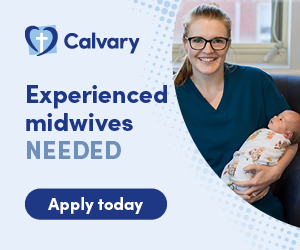Remote area nurse Jason Coombes believes nurses and midwives have to get out of the clinic and into the community to improve health outcomes.
“The community won’t come to the clinic unless they are sick or in pain. We need walking clubs and cooking classes; we need to play basketball with kids after school.”
Jason is a Gunai-Kurnai man from Lake Tyers Aboriginal Trust at Lake Tyers, Victoria. He was one of the first Aboriginal Qantas long haul flight attendants, a career that spanned 15 years and took him all over the world.
“I conquered that. I survived in the Western world. I always thought with my achievements and knowledge it was my duty to give back to Aboriginal communities. “I always wanted to be a nurse. I believe the only way to give back for me is to be on the front line and learn about the needs and challenges of my Aboriginal peoples.”
Jason is currently community remote area nurse within Oak Valley Community, a remote community located on the southern fringe of The Great Victoria Desert, about 516kms northwest of Ceduna on Maralinga Tjarutja Lands. There are two community nurses for the community which fluctuates from 50-100 people.
“We treat everything from mums and bubs to aged care: from school programs to diabetes management; from health promotion and primary healthcare to emergencies and evacuations.
“A doctor visits once a month and we have the RFDS; we do everything that’s involved with preparing an airstrip, and provide leadership and liaison during emergencies.”
Jason completed a Bachelor of Nursing at RMIT Melbourne Victoria as a mature age student. He did a pilot program for cadetship at St Vincent’s Hospital; in his graduate year two six month rotations in the ED and on an endocrine ward. He then worked at the Victorian Aboriginal Health Service for two years. In his previous role, Jason worked as a CNC at Aurukun, far north Queensland where he set up a walk-in clinic.
“I literally went in unpacking boxes and set up the clinic. It took six months; I got the clinic operational and set up a path to accreditation.”
Jason was the 2018 recipient of the Sally Goold Award. The prestigious Congress of Aboriginal and Torres Strait Islander Nurses and Midwives (CATSINaM) award was presented at its conference held in September last year on its 20th anniversary.
The award recognises a CATSINaM member who demonstrates excellence in the nursing and/or midwifery profession. A long-standing member of CATSINaM, Jason joined the board in 2017 and has been nominated again for the next two years. It’s an exciting time with CATSINaM transitioning under the leadership of a new CEO, Jason says. His experience on the front line helps provide empowerment for CATSINaM in government circles, he says.
“Being on the frontline is giving me a voice on the tables in Canberra. It’s keeping it real – I am on the frontline; this is what is actually happening and this is what we need to do.”
Jason’s dream is to advocate for communities, to go from community to community for the next 10 years.
“To see what’s needed and what I can do. I am able to advocate for Aboriginal peoples as a ‘black fella’. The Uncles and Aunties relate to me differently, in a positive way. I am able to get away with things, even language that a non-Indigenous person cannot.
“I can be more personal than a non-Indigenous nurse. I have family with a history of diabetes; it affects my family as do most things that affect Aboriginal communities, diabetes, heart disease, kidney disease etc.”
Jason says it’s about getting the basics right first. “Kids come to my house, I get them to wash their hands and blow their nose. Washing your hands and face changes the whole concept of self, pride and it’s about disease prevention.”
Jason believes in being accessible; he opens his doors every Sunday for roast dinner and up to 30 people attend.
“I have community coming and going all day, it’s a safe house. My Aboriginal grandmother would never have me turn anyone away. Anyone can come and have a cup of tea with me.”
Jason says he believes Indigenous nurses and midwives are going to pave the way to improving health outcomes for Aboriginal and Torres Strait Islander peoples.
“There is huge disparity in health between Indigenous and non-Indigenous peoples. The Western model is not closing the gap for Indigenous peoples. We need to do it the Indigenous way.
“I would like to see every single community controlled clinic in the country have an Indigenous and non-Indigenous nurse working together; once we achieve that I think we will be on a path for success.”
CATSINaM has done a lot of work with universities which are now coming on board, says Jason. “They’ve come miles from 10 years ago where there was a two-hour lecture on Indigenous health which came under the banner of public health. In RMIT there is a whole semester on Indigenous health in the first year. I work with RMIT as an alumni and work on Indigenous clinical/cultural placements with students.”








